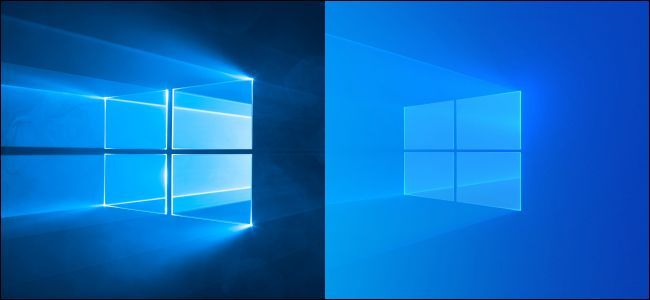Windows 10 is fragmented between new Univeral Windows Platform (UWP) apps and classic desktop (Win32) apps. At Build 2020, Microsoft announced Project Reunion to help fix that, merging the two platforms and helping fix the mistakes of the Windows 8 past.
Here's the problem: With Windows 8, Microsoft created a new application platform separate from the classic Windows desktop application model. Windows 10 moved to "Universal Windows Platform" apps, which are different---but still largely distinct from classic desktop apps.
For any Windows developer with a traditional desktop application, many new Windows platform features have been restricted to the Universal Windows Platform model. Microsoft has been working on this for years, making more modern features available to classic desktop apps.
Now, with Project Reunion, Microsoft says it's going even further.
Frank Shaw, Microsoft's corporate vice president of communications, said in a presentation:
Project Reunion, for the first time, breaks down barriers to unify the Windows platform and decouple it from the OS, allowing for seamless innovation across our Win32 and UWP APIs.
Microsoft offered a bit more description on the project:
The newly announced Project Reunion is an evolution of the Windows developer platform that will make it more agile, modern and open.
The effort will streamline how developers modernize existing apps and create new ones by reducing fragmentation between the Windows API and Universal Windows Platform. It will provide a common, backward-compatible platform for existing code and for the latest client platform innovations.
But what exactly is Project Reunion? How much will it combine the two platforms, how easy will it be for developers to use, and what does it mean for the future of Windows applications?
Those are all good questions and ones that will have to wait until Microsoft releases more detailed information about Project Reunion throughout Build 2020. We'll bring you more details when Microsoft provides them.
Microsoft says it will publish more detailed information on the Windows Developer blog.

